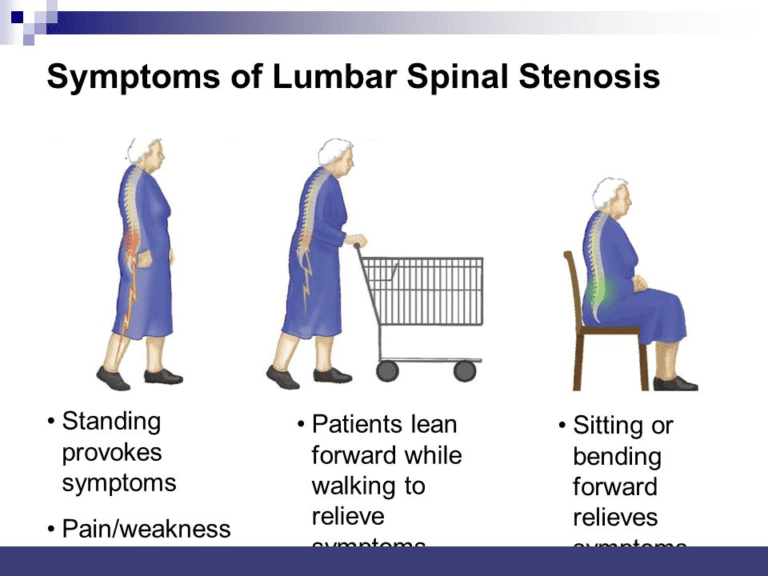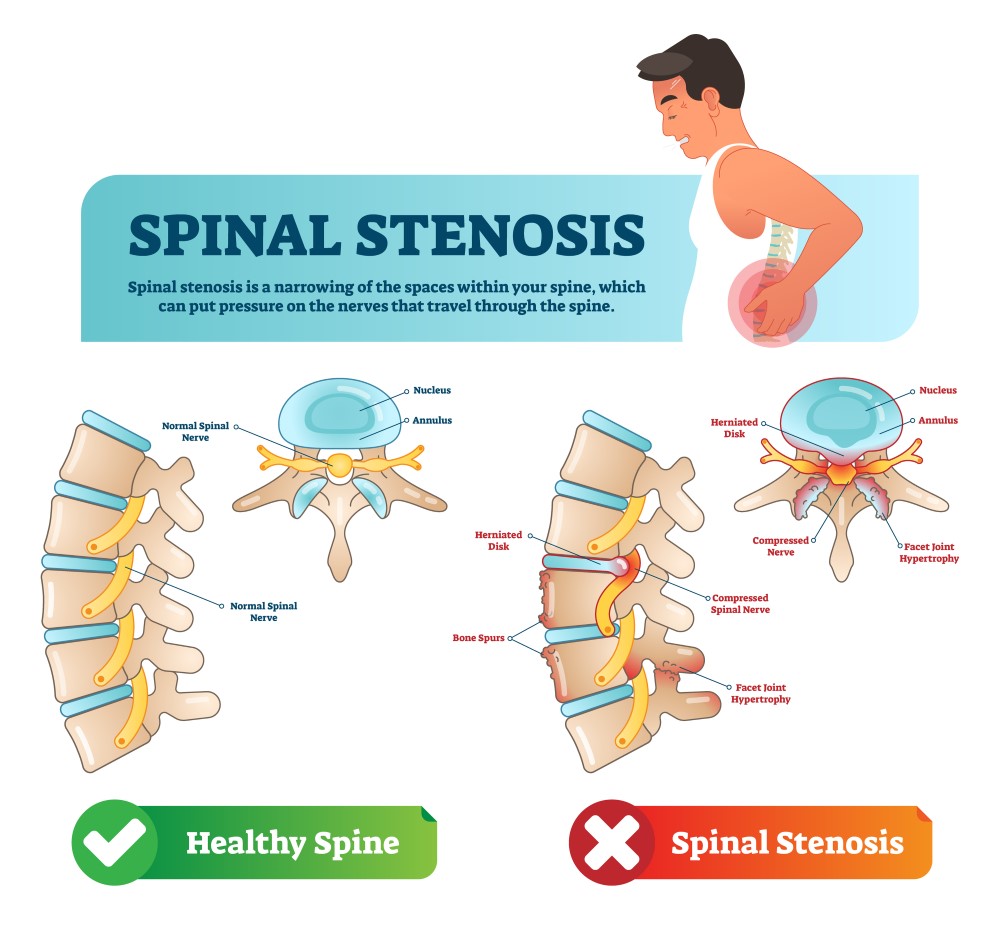Spinal stenosis is a medical condition characterized by the narrowing of the spinal canal, which can lead to compression and irritation of the spinal nerves. This condition often causes severe pain, numbness, and weakness in the back, legs, and arms. Finding an effective painkiller for spinal stenosis is crucial for managing the symptoms and improving the patient’s quality of life.
There are several painkillers commonly used to alleviate the discomfort associated with spinal stenosis. Nonsteroidal anti-inflammatory drugs (NSAIDs), such as ibuprofen and naproxen, are frequently prescribed to reduce inflammation and relieve pain. These drugs work by inhibiting certain enzymes that produce inflammatory substances in the body. However, long-term use of NSAIDs can have adverse side effects, such as gastrointestinal bleeding and kidney problems, so they should be used with caution.
In more severe cases, opioids may be prescribed for pain management. These powerful painkillers, including codeine and oxycodone, work by binding to opioid receptors in the brain and blocking the perception of pain. However, opioids also carry a risk of dependence and addiction, so they should only be used under close medical supervision and for short periods, if necessary.
Other medications that may be beneficial for managing spinal stenosis pain include muscle relaxants, such as baclofen and cyclobenzaprine, which help alleviate muscle spasms and improve mobility. Additionally, antidepressants and anti-seizure medications, such as amitriptyline and gabapentin, may be prescribed to reduce nerve pain and improve sleep quality.
It is important to note that medication alone may not provide complete pain relief for spinal stenosis. A multidisciplinary approach, involving physical therapy, exercise, and lifestyle modifications, is often recommended to complement pharmacotherapy. These non-pharmacological interventions can strengthen the muscles around the spine, improve flexibility, and decrease pressure on the affected nerves.
In conclusion, the best painkiller for spinal stenosis depends on the individual patient’s condition and the severity of their symptoms. NSAIDs, opioids, muscle relaxants, and other medications may be prescribed to help manage the pain associated with spinal stenosis. However, it is important to consult with a healthcare professional to determine the most appropriate treatment plan, considering both medication and non-pharmacological interventions.
What pain meds are given for spinal stenosis?
Spinal Stenosis Medications Examples of over-the-counter NSAIDs include aspirin, naproxen (Aleve), and ibuprofen (Advil, Motrin). Analgesics help relieve pain but don’t affect inflammation. Acetaminophen (Tylenol) is a common analgesic used for spinal stenosis.

What can make spinal stenosis worse?
Prolonged bed rest and a sedentary lifestyle can actually increase the severity of back pain. That is why exercise is recommended for most individuals with spinal stenosis. In fact, research shows that exercise therapy can mitigate the need for surgery in some patients.
What is the best way to live with spinal stenosis?
Get regular exercise. Try to exercise at least three times a week for 30 minutes. Modify or adjust your activity and try to avoid doing things that can make the pain worse. Your health care provider or physical therapist may recommend specific exercises for you to do at home as well.Nov 1, 2023

Can you have unbearable pain from spinal stenosis?
Spinal stenosis symptoms may start slowly and worsen over time. Leg pain may become so severe that walking short distances is unbearable. People with spinal stenosis may experience numbness, weakness or cramping in legs, pain going down the leg, abnormal bowel or bladder function, and loss of sexual function.



